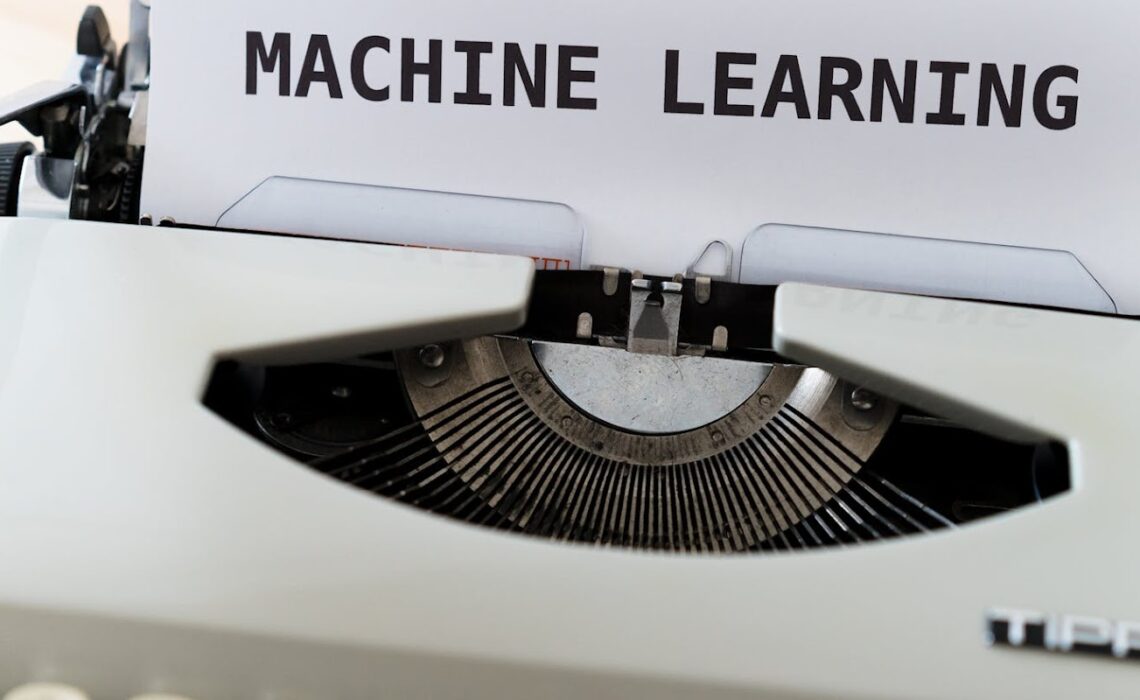
Recent advancements in machine learning and artificial intelligence (AI) have had a profound effect on many industries, including interpreting. The efficiency, accuracy, and accessibility of interpreting services have all improved significantly as a result of the integration of these technologies. It is obvious that artificial intelligence (AI) and machine learning will continue to transform the interpreting sector and influence how people communicate across linguistic and cultural boundaries. This article will examine the state of AI in interpreting as it stands today, as well as the advantages and difficulties it presents as well as upcoming trends that could completely change the sector.
Current State of AI in Interpreting
Artificial intelligence (AI)-driven interpreting tools have already established themselves in the market by providing creative real-time language translation solutions. These tools enable smooth communication between speakers of different languages by processing and translating spoken language using machine learning algorithms. The following are a few of the major technologies advancing this innovation:
Speech Recognition: Real-time translation relies on the precise transcription of spoken language into text by AI-powered speech recognition systems.
Machine Translation: Sophisticated machine translation algorithms can accurately translate text between languages, giving interpreters instant translations.
Voice Synthesis: Text can be translated into spoken language using AI-driven voice synthesis technology, enabling the production of interpretations that sound natural.
Benefits of AI in Interpreting
The following are some major advantages of interpreting with AI and machine learning integrated:
Increased Accuracy: Compared to conventional techniques, AI-powered interpreting tools can produce translations that are more accurate, lowering the possibility of misunderstandings.
Faster Reaction Times: AI’s real-time language processing and translation capabilities allow for quicker communication between speakers of various languages.
Cost-Effective: AI-powered interpreting services may be less expensive than using human interpreters, particularly when dealing with ongoing or large-scale interpreting requirements.
Accessibility: By offering real-time captioning or translations, AI-driven interpreting tools can increase accessibility for people with hearing impairments.
Scalability: AI-powered interpreting systems are adaptable enough to handle different demand levels, which means that they can be used for both small- and large-scale activities or events.
Consistency: AI guarantees a constant degree of interpreting quality independent of interpreter style or other variables like fatigue.
24/7 Availability: Artificial intelligence (AI)-driven interpreting tools are designed to function continuously, guaranteeing the availability of interpreting services even during non-standard working hours.
Language Support: Because AI is multilingual, it can facilitate the provision of interpreting services for languages or dialects that are not widely spoken.
Integration with Other Technologies: By integrating AI-powered interpreting with other technologies, like video conferencing software, communication experiences can be improved overall.
Data-Driven Insights: AI is capable of analyzing and interpreting data to offer feedback and insights that will eventually help to improve the quality of interpretation.
Challenges and Limitations
AI-powered interpreting has many advantages, but it also has drawbacks and restrictions. Among the important ones are:
Accuracy and Context: Despite notable advancements in AI accuracy, there remain difficulties in precisely encapsulating subtleties and context in language translation.
Language Complexity: Certain languages, particularly those with intricate grammar or subtle cultural differences, are more difficult for AI to translate accurately.
Ethical and Privacy Issues: Since sensitive data may be collected and processed, using AI for interpretation gives rise to ethical and privacy issues.
Absence of Human Touch: In delicate or complex circumstances, AI-powered interpreting may fall short of human touch and cultural awareness that human interpreters offer.
Future Trends in AI and Interpreting
Photo by Sanket Mishra
With a few years to go, the following major trends will influence how AI is used in interpreting:
Increased Precision with Neural Machine Translation (NMT): It is anticipated that developments in NMT will enhance translation precision, particularly in intricate language and situation scenarios.
Integration with Virtual and Augmented Reality: By combining interpreting powered by artificial intelligence with these two emerging technologies, immersive interpreting experiences could be offered.
Enhanced Multimodal Interpreting: AI has the potential to facilitate interpretation for more thorough communication across a variety of modalities, such as text, speech, and visual cues.
Customized and Context-Aware Interpreting: By considering user preferences and situational context, artificial intelligence (AI) may be utilized to deliver more customized and context-aware interpreting services.
Enhanced Automation: AI has the potential to streamline the interpreting process by automating regular interpreting tasks like follow-up, billing, and scheduling.
Improved Collaboration Tools: AI-driven solutions may make it easier for clients, interpreters, and other stakeholders to work together, enhancing workflow and general communication.
Real-time Feedback and Correction: AI has the potential to give interpreters immediate feedback and suggestions for correction, enabling them to become more proficient and accurate.
Ethical AI Practices: To ensure that AI is used responsibly and respects privacy and cultural sensitivities, there will be an increasing emphasis on ethical AI practices in interpreting.
Constant Learning and Adaptation: As AI systems become more proficient over time, they will continue to pick up new languages, dialects, and cultural quirks.
Integration with Internet of Things (IoT) Devices: Wearables and smart speakers, for example, could be paired with AI-powered interpreting to facilitate conversation in a variety of settings.
Conclusion
The development of AI and machine learning will have a significant impact on interpreting in the future. With their increased accessibility, speed, and accuracy in language translation, these technologies are completely changing the language translation market.
Language barriers should not be a barrier to communication in the future thanks to AI’s enormous interpreting potential, despite its obstacles and limitations. We should anticipate even more ground-breaking solutions that will transform cross-cultural communication as AI develops.
For those who are looking for additional support, Unspoken Language Services offers interpreting services to help bridge the communication gap between the deaf and hearing communities.
Photo Credit to: Photo by Markus Winkler

